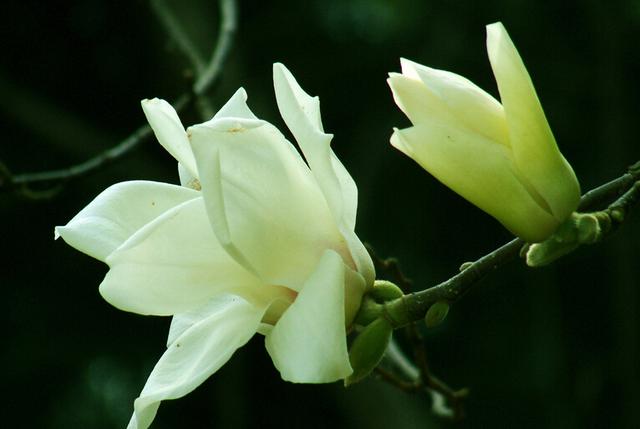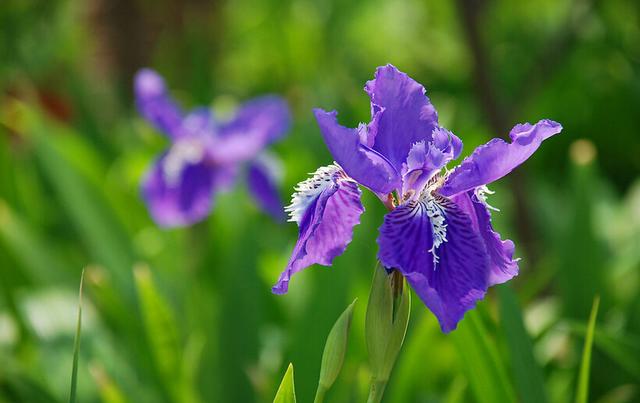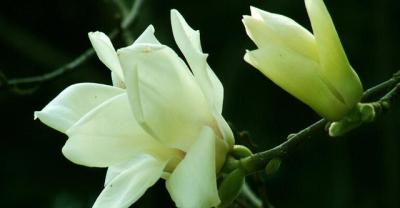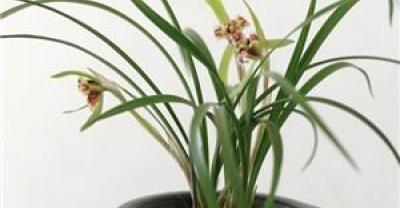Methods and matters needing attention in Orchid Culture
1. Soil selection for orchid culture.
The soil for orchid should be mainly humus, mainly humus soil or mountain humus soil. In the south, humus soil of origin, commonly known as orchid mud, can also be used to prepare loose, aerated and permeable culture soil with saprophyllite, vermiculite, perlite and so on. Generally, 8 parts of rotten leaf soil and 2 parts of river sand were mixed into culture soil, or 7 parts of rotten leaf soil, 2 parts of perlite, 1 part of river sand mixed culture soil, or 6 parts of rotten leaf soil (peat soil), 3 parts of compost soil and 1 part of river sand mixed culture soil. All the above culture soils are slightly acidic.
2. Fertilization methods for orchid culture.
Orchid fertilization, one is to apply base fertilizer in the culture soil, and the other is to topdressing during the growing period. Topdressing often uses liquid fertilizer or foliar fertilizer, and its concentration should be lighter than that of other flowers. Orchids change the culture soil once a year, apply less topdressing during the growth period, and pay attention to timely. Generally, in the growing season, about 15% of fully mature thin cake fertilizer water can be applied, or 0.1% urea fertilizer water plus 0.2% potassium dihydrogen phosphate fertilizer water, once every 15 days; before flowering to the flowering stage, 0.2% potassium dihydrogen phosphate or plant ash water can be sprayed on the leaf surface for 2 times to promote the development of roots, stems and flowers. Orchids are fleshy roots, do not apply unripe fertilizer, so as not to rot the roots.
3. Watering methods of orchid culture.
Watering orchids should be determined according to species, growth conditions and local climate, should be moist but not wet, dry but not dry; watering should not be too much or too little, and grasp the principle of not drying in autumn and not wet in winter. When the temperature is low in winter, the plant is in a dormant state, so watering should be controlled. Generally, it can be watered every 5-7 days, but the flowering magnolia in winter needs more water.

The water is watered every 2-3 days in spring and autumn, and the orchid is flourishing in summer when the temperature is high, with an average of 1 to 2 times a day. When watering, we should pay attention to prevent water spots from splashing on the leaves, so as not to appear black spots and affect the ornamental effect. During the growth period of orchids, water should be often sprayed on the leaves and sprinkled on the ground around flowerpots in summer to increase air humidity and promote the growth and development of orchids. Rain Water and Xueshui are the best water for watering orchids. If tap water is used, it should be stored for 2-3 days.
4. Temperature requirements for orchid culture.
Northern potted orchids should be moved indoors when the temperature drops to 5 ℃ before and after the Frost Festival, and windows should be often opened at the initial stage to maintain ventilation. It is suitable to keep the room temperature about 10 ℃ in winter. Grain Rain later moved to the outside for maintenance. The suitable temperature for orchid growth is 16: 24 ℃. In winter, the indoor temperature is generally low, 10: 12 ℃ in the daytime and 5: 10 ℃ at night, the temperature and humidity should not be too high, and the summer temperature should not exceed 30 ℃.
5. Lighting requirements of orchid culture.
Orchids like shade and are afraid of bright light, so they should be shaded in spring, summer and autumn. For family orchids, in order to control the amount of light, it is best to put them on the balcony windowsill or under the eaves with bamboo shade, generally shading from 9 am to 6 pm, and opening the curtain after 6 pm in the morning and after 6 pm to make it accept scattered sunlight. In winter, it should be moved to the place where the scattered light is visible indoors, but direct sunlight should also be avoided. The shade tolerance of orchids was the strongest, followed by Jian Lan, while Chunlan and Cymbidium were weaker.

6. the pot method of orchid culture.
The environment where orchids are cultivated should be well ventilated, moist and pollution-free. The orchid basin should choose a high basin. The top is thick and the bottom is thin, with multiple drainage holes, or the basin wall is provided with drainage holes. The orchid pot itself should also have ornamental value.
Due to the slow growth of orchids, the pots can be changed every 1 ~ 2 years after the flowers fade. When putting on the basin, fill in tile grains, slag and so on about 3 cm at the bottom of the basin to facilitate drainage. Then, put into a layer of culture soil, and then put the orchid seedling into the middle of the basin, straighten the root straight and let it stretch naturally. Gently lift the orchid seedling in the middle of the filling, shake the flowerpot at the same time, so that the soil is closely combined with the root, when filling the soil 2cm away from the mouth of the basin, gently press it with your hand. After planting, pour water thoroughly and put it in a cool place, spray water once every morning and afternoon, and move to a shady place with flowers for maintenance after about 7-10 days.
Follow WeChat account: xiaobency shares around 9: 00 every day, and ten thousand people listen to it.
- Prev

Two kinds of orchid watering behavior, I do not know how many orchids have been killed.
Friends who like orchids all know that watering orchids is a difficult technique to master. To a certain extent, the key to whether orchids are raised well or not is to see.
- Next

Raise orchids all the year round. With one move, orchids double sprout and blossom.
Throughout the year, the rates of water absorption and evaporation of plants in orchid pots are completely different. In spring, orchids need a lot of water, but more Rain Water, orchid pots do not.
Related
- Is the orchid suitable for indoor use? Is it good for the body?
- How to prevent the empty root of orchids?
- What to do after the crab claw orchid is withered?
- Why are the leaves of orchids always yellow? Fertilizing and watering.
- Can the root of the gentleman orchid be saved if it is rotten?
- Diagnosis and treatment of cotton-blowing beetle insects in Cymbidium
- There is a way for a gentleman's orchid to rot.
- What is the most suitable temperature and humidity for the orchid?
- How to raise a gentleman's orchid? Cultivation techniques of Cymbidium
- How to prepare the nutritive soil for the cultivation of Cymbidium

